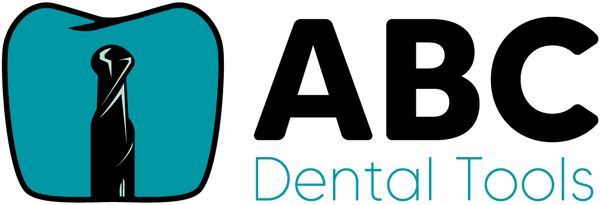How to Replace Milling Tools in Your Dental Milling Machine: A Step-by-Step Guide for Dentists
Share
How to Replace Milling Tools in Your Dental Milling Machine: A Step-by-Step Guide for Dentists
For any dental practice equipped with a milling machine, understanding how to replace or change out milling tools is an essential skill. Proper tool maintenance and replacement ensure optimal performance, precise results, and extended equipment life. Here, we’ll guide you through the steps to change out milling tools, plus offer some essential tips to keep your milling machine running smoothly.
Why Regular Tool Replacement Matters
Dental milling tools wear down over time due to the high-speed cutting of hard materials. Dull or damaged tools can lead to less accurate restorations, extended milling times, and increased risk of damage to both the machine and the materials. Replacing tools regularly helps maintain precision and efficiency, allowing you to produce restorations that fit perfectly with minimal post-milling adjustments.
Tools You’ll Need for Replacement
- Replacement milling tool(s) specific to your machine’s brand and model
- Cleaning cloth or brush
- Allen wrench or other tool provided by the manufacturer for loosening and tightening the tool holder
- Safety gloves and glasses
Step-by-Step Guide to Replacing Milling Tools
- Prepare Your Machine for Maintenance Mode
- Turn off the machine or switch it to maintenance mode as specified in your machine's user manual. This ensures safety while protecting your equipment and any ongoing milling jobs.
- Identify the Tool You Need to Replace
- Refer to the milling machine’s interface to determine which tool(s) need replacement. Machines often have software or indicators to notify you of tool wear or to recommend replacement based on usage cycles.
- Open the Machine's Tool Access Panel
- Carefully open the machine’s tool access panel to access the tool holder. Ensure you have the correct tool (usually an Allen wrench or similar) for removing the tool holder or tool clamp.
- Remove the Worn Tool
- Using your wrench, loosen the tool holder or clamp until the worn tool is released. Always handle tools carefully, as worn tools may have sharp or damaged edges that can cause injury.
- Clean the Tool Holder and Surrounding Area
- Before installing the new tool, use a cleaning cloth or brush to remove any debris, dust, or residue from the tool holder and surrounding area. Keeping this area clean helps prevent issues like tool misalignment or vibration.
- Install the New Tool
- Insert the new milling tool into the tool holder, ensuring it is seated correctly and securely. Use the wrench to tighten the holder or clamp, but avoid overtightening, as this can stress the tool or the machine components.
- Run a Calibration Check (If Needed)
- Some machines may require calibration after a tool change to ensure precise milling. Follow your machine’s guidelines for calibration, which may include running a test milling job to confirm the new tool is aligned correctly.
- Close the Access Panel and Resume Operations
- Once the tool is securely in place and any calibration steps are completed, close the tool access panel. Turn off maintenance mode or restart the machine as required.
Maintenance Tips to Extend Tool Life
- Regularly Inspect Tools: Routinely check milling tools for signs of wear or chipping. This allows you to replace them proactively, avoiding unexpected interruptions.
- Monitor Tool Usage: Many machines allow you to track each tool’s usage. Set reminders to check or replace tools based on manufacturer recommendations.
- Use Quality Tools: Investing in high-quality, compatible tools can improve milling precision and reduce wear on both the tools and machine.
- Clean and Lubricate Regularly: Keeping your machine clean and lubricated per the manufacturer’s guidelines will help ensure consistent performance and longer tool life.
Conclusion
Replacing and maintaining milling tools in your dental milling machine is a straightforward process that can significantly impact your practice’s efficiency and patient satisfaction. Regular replacement, cleaning, and calibration of tools help you achieve consistently high-quality results while extending the life of your equipment. Following these simple steps can keep your machine running smoothly and your restorations accurate, time after time.
